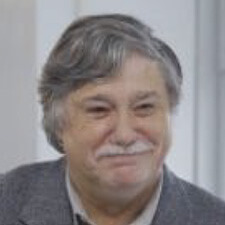Dan V. Nicolau, Ph.D.
Dan has degrees in Chemical Engineering (PhD, MEng) and in Statistics, Cybernetics & Information Technology (MSc). His research covers biocomputation and biosimulation, nanodevices powered by protein molecular motors, surface science and engineering, micro- and nano-fabrication for semiconductor and biomedical devices, process modelling and control, and protein adsorption. Dan is a Professor of Bioengineering with McGill University, the Maria Zelenka-Roy Chair in Bioengineering, and the founding Chair of McGill’s Department of Bioengineering in the Faculty of Engineering. Dan authored more than 200 peer-reviewed publications, co-edited a book, and chaired more than 30 international conferences. He has been the Editor-in-Chief of the IEEE Transactions on NanoBioscience since January 1, 2020.
Send Email 
